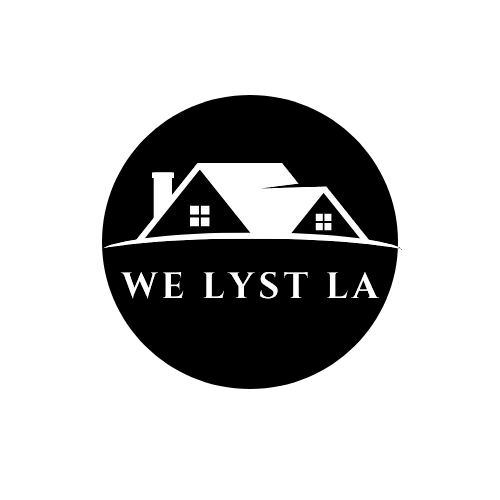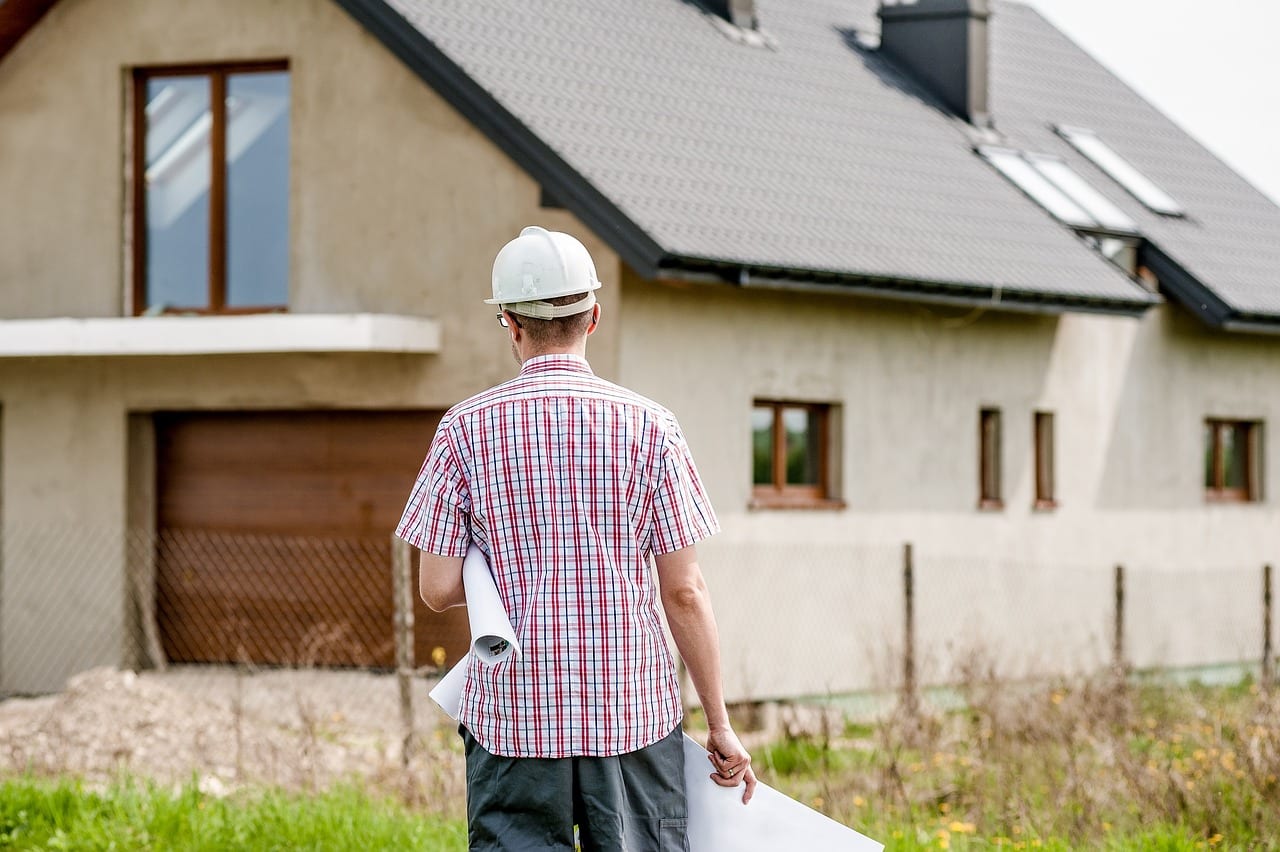When buying or selling a home, one of the most critical steps in the process is the complete home inspection. It’s more than just a formality—it’s a vital evaluation that can reveal potential deal breakers, save thousands in unexpected repairs, and offer peace of mind.
Whether you’re a first-time buyer, seasoned investor, or homeowner looking to sell, understanding what a complete home inspection entails is essential. In this article, we’ll break down what a complete home inspection includes, why it matters, and how both buyers and sellers can prepare for it.
What Is a Complete Home Inspection?
A complete home inspection is a thorough visual examination of a home’s structure, systems, and components by a certified professional. Its purpose is to identify any issues that could impact the safety, function, or value of the property.
The inspection typically happens after an offer has been accepted but before closing. It gives buyers the chance to uncover any problems and negotiate repairs or price adjustments, and it gives sellers insight into issues that might derail a sale.
Why a Complete Home Inspection Matters
1. Peace of Mind for Buyers
Purchasing a home is likely the biggest investment you’ll ever make. A complete home inspection gives you confidence that you’re not buying a money pit. It reveals hidden defects and ensures the home is safe and up to standard.
2. Negotiation Leverage
If major issues are found, the buyer can negotiate for repairs, credits, or a lower purchase price. For sellers, addressing issues before listing can strengthen your negotiating position and justify your asking price.
3. Avoiding Future Surprises
A home might look great on the surface, but lurking problems like foundation cracks, old electrical systems, or mold can be costly surprises down the road. A complete home inspection helps you avoid these traps.
What’s Included in a Complete Home Inspection?
While inspectors vary slightly, a standard complete home inspection usually covers the following areas:
1. Roof and Exterior
- Roof condition, materials, and estimated life
- Flashing, gutters, and downspouts
- Chimneys and skylights
- Siding, paint, windows, and doors
- Grading and drainage
2. Structural Components
- Foundation (visible cracks or movement)
- Framing integrity
- Attic and crawl spaces
- Support beams and load-bearing walls
3. Plumbing Systems
- Water heater and water pressure
- Pipe material and condition
- Faucets, toilets, showers, and sinks
- Drainage and signs of leaks or corrosion
4. Electrical Systems
- Service panel and breakers
- Wiring and grounding
- Outlets, light switches, and fixtures
- Smoke and carbon monoxide detectors
5. Heating and Cooling (HVAC)
- Furnace and air conditioning systems
- Ductwork condition and airflow
- Thermostats and vents
- Energy efficiency
6. Interior Spaces
- Walls, ceilings, and floors
- Windows and insulation
- Doors and locks
- Signs of water damage, mold, or pest issues
Optional Add-Ons to Consider
While not always included in a basic inspection, buyers can choose add-ons for more thorough evaluation:
- Radon Testing
- Mold Inspection
- Termite or Pest Inspection
- Sewer Line Scope
- Asbestos and Lead Testing
These specialized inspections are especially recommended for older homes or those in high-risk areas.
How Much Does a Complete Home Inspection Cost?
Prices vary based on the home’s size, location, and age, but most complete home inspections cost between $300 and $600. Optional add-ons may raise the price.
It’s a small investment compared to the potential cost of undetected issues. For example, finding a faulty foundation early could save you $10,000–$30,000 in repairs.
How Long Does a Complete Home Inspection Take?
A typical inspection takes between 2 to 4 hours, depending on the home’s size and condition. After the inspection, the inspector provides a detailed report within 24–48 hours, including photos, descriptions of any issues, and recommended next steps.
How to Prepare for a Home Inspection (For Sellers)
If you’re selling, you can take proactive steps to make your home inspection go smoothly:
1. Make Access Easy
Ensure the inspector can access the attic, crawl space, water heater, furnace, and electrical panel.
2. Replace Burned-Out Bulbs
A simple fix that can prevent confusion about faulty fixtures.
3. Address Minor Repairs
Fix leaky faucets, broken locks, or cracked tiles. These small issues can add up and make your home appear poorly maintained.
4. Clean and Tidy Up
A clean home sends the message that it’s well cared for, even if it doesn’t impact the inspection directly.
5. Provide Documentation
Have receipts or records for repairs, upgrades, or maintenance (e.g., roof replacement, HVAC servicing).
What Buyers Should Do During the Inspection
1. Attend the Inspection
You’re not required to be present, but it’s highly recommended. You can ask questions, see issues firsthand, and better understand the report.
2. Ask Questions
Good inspectors are happy to explain what they find. Don’t be afraid to ask about anything that seems unclear.
3. Take Notes and Photos
While the inspector will provide a report, your own notes can help during negotiations or repair planning.
What Happens After the Inspection?
1. Review the Report Carefully
Look for major issues like structural problems, outdated systems, or safety concerns. Cosmetic issues are less critical but still worth noting.
2. Negotiate If Needed
Buyers can request that the seller make repairs, offer a price reduction, or provide repair credits at closing. Sellers can agree, counteroffer, or refuse.
3. Make an Informed Decision
In rare cases, if the inspection reveals major deal-breaking issues, the buyer may walk away from the deal if their contract allows it.
Common Issues Found in a Complete Home Inspection
Some of the most frequently discovered issues include:
- Roof wear and missing shingles
- Outdated or faulty wiring
- Plumbing leaks or corrosion
- Improper drainage around the home
- Foundation cracks or shifting
- HVAC systems nearing end-of-life
- Termite or pest damage
Remember, no home is perfect, even new builds. The goal is to uncover what’s manageable vs. what’s a red flag.
Choosing a Qualified Home Inspector
Not all inspectors are equal. Here’s how to find a reputable one:
- Look for certifications from organizations like ASHI (American Society of Home Inspectors) or InterNACHI.
- Check reviews and ask for references.
- Ask what’s included and what add-ons are available.
- Verify that they carry errors and omissions (E&O) insurance.
A good inspector will be thorough, honest, and willing to walk you through their findings.
Final Thoughts: The Power of a Complete Home Inspection
A complete home inspection is your best defense against hidden issues and costly mistakes. For buyers, it’s a smart move that provides protection and negotiation power. For sellers, it’s an opportunity to showcase transparency and potentially boost your home’s marketability.
Skipping or rushing this step is like buying a used car without lifting the hood—risky, stressful, and often regretful. When done right, a complete home inspection offers peace of mind that money simply can’t buy. Come talk to us if you need help with a complete home inspection.


No responses yet